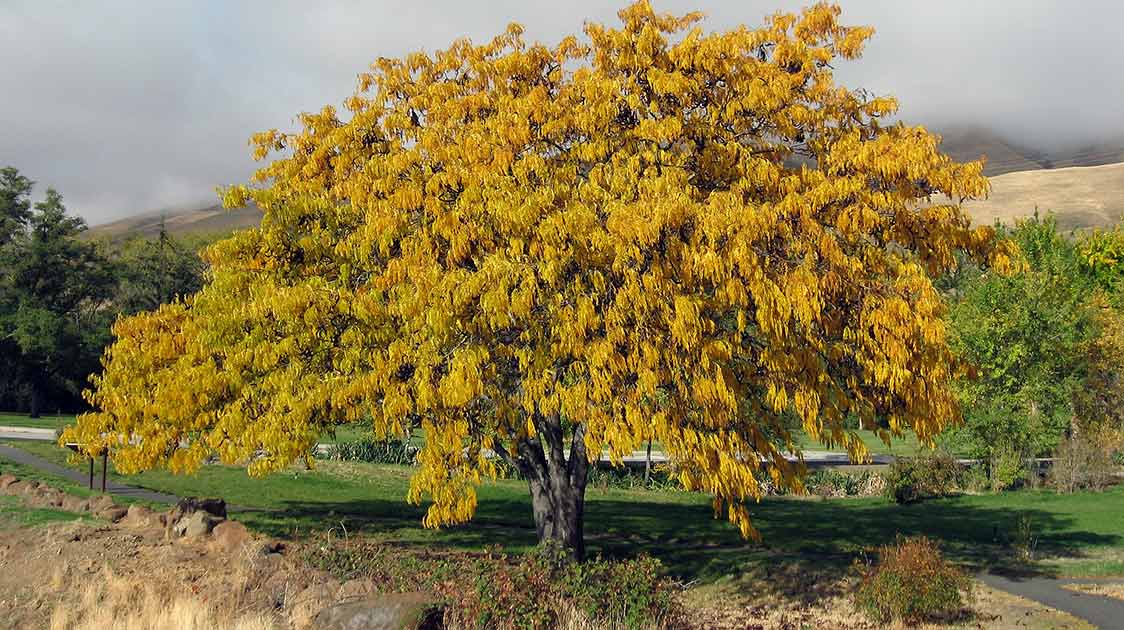
In many countries around the world, Autumn is “leaf season,” nature’s annual color festival. And some trees just stand out with their beautiful fall color.
Is it your favorite season? It´s definitely up there for us at Bios Urn®! Environmental factors and the genetic makeup of the trees determine the intensity and times of peak color, with factors varying from tree to tree and region to region.
Here are some of our favorite trees for fall color. These trees will also provide spring color, shade, privacy, and wildlife habitat.
Trees that flaunt brilliant fall color
1. Ginkgo (Gingko biloba)
Hailed as “undoubtedly one of the most distinct and beautiful of all deciduous trees,” the ginkgo certainly stands out. Unique, fan-shaped leaves turn a stunning yellow color in the fall. It can tolerate many urban conditions including heat, air pollution, salt and confined spaces. And it establishes easily.
This tree also comes with a bit of history. It is a living fossil, with the earliest leaf fossils dating from 270 million years ago.
Hardiness zones 3-8.
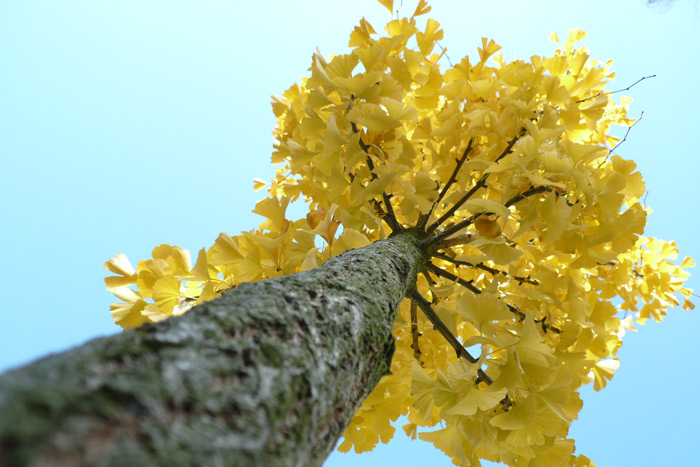
Image source: Wikimedia Commons
2. Black Tupelo (Nyssa sylvatica)
Called “one of the best and most consistent native trees for fall color” by tree expert Michael Dirr, the black tupelo is a terrific landscaping choice. Displaying various hues of yellow, orange, bright red and purple—often on the same branch—its foliage is a stand-out of the autumn season. Even the distinctive bark, which resembles alligator hide, adds visual and textural interest.
And while its blooms may not seem noteworthy, bees will be very appreciative of the presence of this tree, as it serves as an important late-spring food source.
Hardiness zones 4-9.
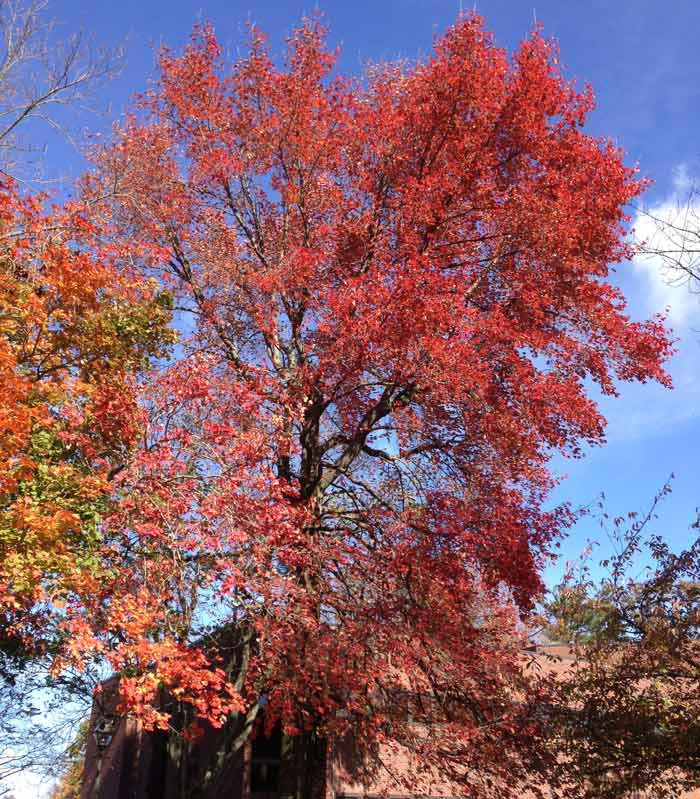
Image source: Wikimedia Commons
3. Shumard Oak (Quercus shumardii)
A stately, strong and long-lived tree with beautiful fall color, the Shumard oak is a great selection for yards. This adaptable species has been successfully grown in urban areas where air pollution, poor drainage, compacted soil, and/or drought are common, making it a fine choice for street trees as well.
While this tree is favored by homeowners, deer and squirrels also love its small acorns.
Hardiness zones 5-9.
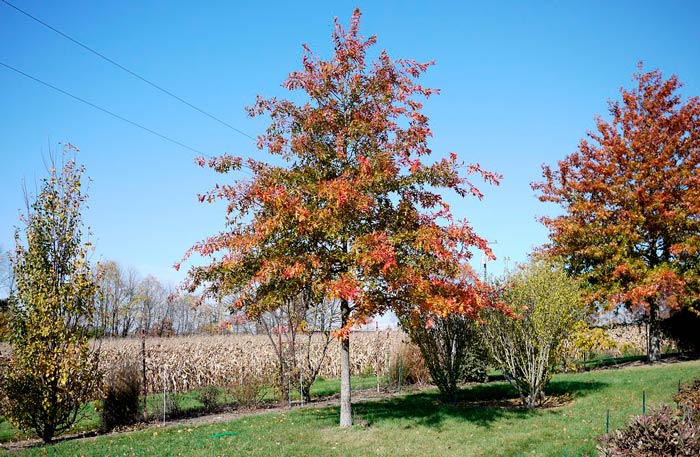
Image source: Flickr F.D. Richards
4. Honey Locust (Gleditsia triacanthos)
The Honey Locust is on this list because the leaves, which are an emerald green color during spring, turn a beautiful golden yellow color in the fall. It is adaptable to many different conditions.
A highly resilient tree, the Honey Locust can tolerate heat, drought, air pollution, urban environments, alkaline soil, and and less-than-optimal soil conditions. It is also considered to be a popular ornamental plant which provides shade, but has an airy canopy that allows other plants or flowers to bloom underneath it.
Hardiness zones 3-9.
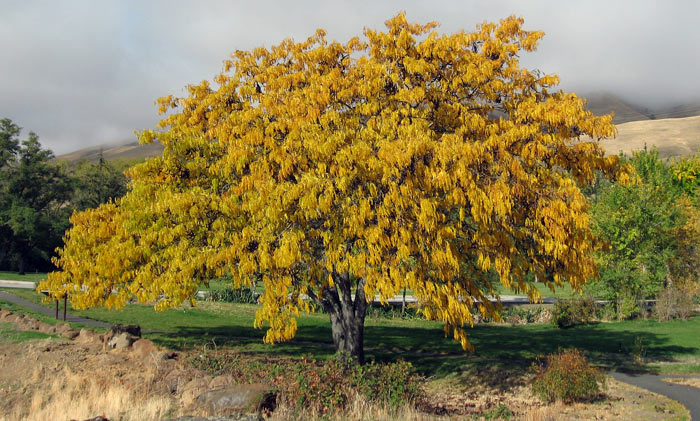
Image source: Wikimedia Commons
5. Sugar maple (Acer saccharum)
The sugar maple is one of America’s best-loved trees. In fact, more states have claimed it as their state tree than any other single species—for New York, West Virginia, Wisconsin and Vermont, the Maple Tree stands alone.
While commercially planted for its delicious syrup and value as lumber, this maple tree makes a great addition to any yard or park. And one of its most prominent features is amazing fall color. As the seasons change, the leaves turn vibrant shades of yellow, burnt orange and red.
Hardiness zones 3-8.
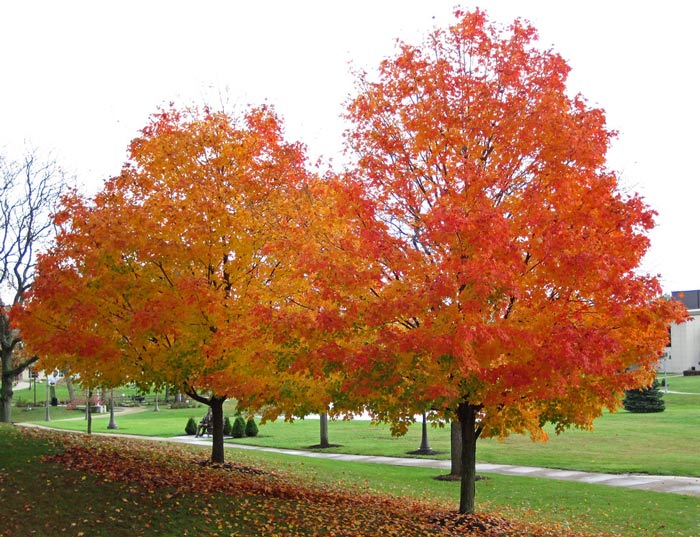
Image source: Flickr James St. John
6. Red Maple (Acer rubrum)
Red maple is one of the best named of all trees, featuring something red in each of the seasons—buds in winter, flowers in spring, leafstalks in summer, and brilliant foliage in autumn. This pageant of color, along with the red maple’s relatively fast growth and tolerance to a wide range of soils, makes it a widely planted favorite.
The natural range of red maple begins roughly at the eastern edge of the Great Plains north to Lake Superior, extending eastward to the Atlantic. But homeowners and urban foresters are growing this tree across the United States.
Hardiness zones 3-9.
So what do you think of our selection of trees famous for their beautiful fall color? What you like to add one to the list? We would love to hear from you in the Comments section below!
To keep up to date with all the latest Bios Urn® news and stories, you can follow us on Facebook, Instagram, Twitter, Pinterest and YouTube!
Main source: Arbor Day Foundation
Join our mailing list to keep you updated of all Bios® news and get a 10% Discount!
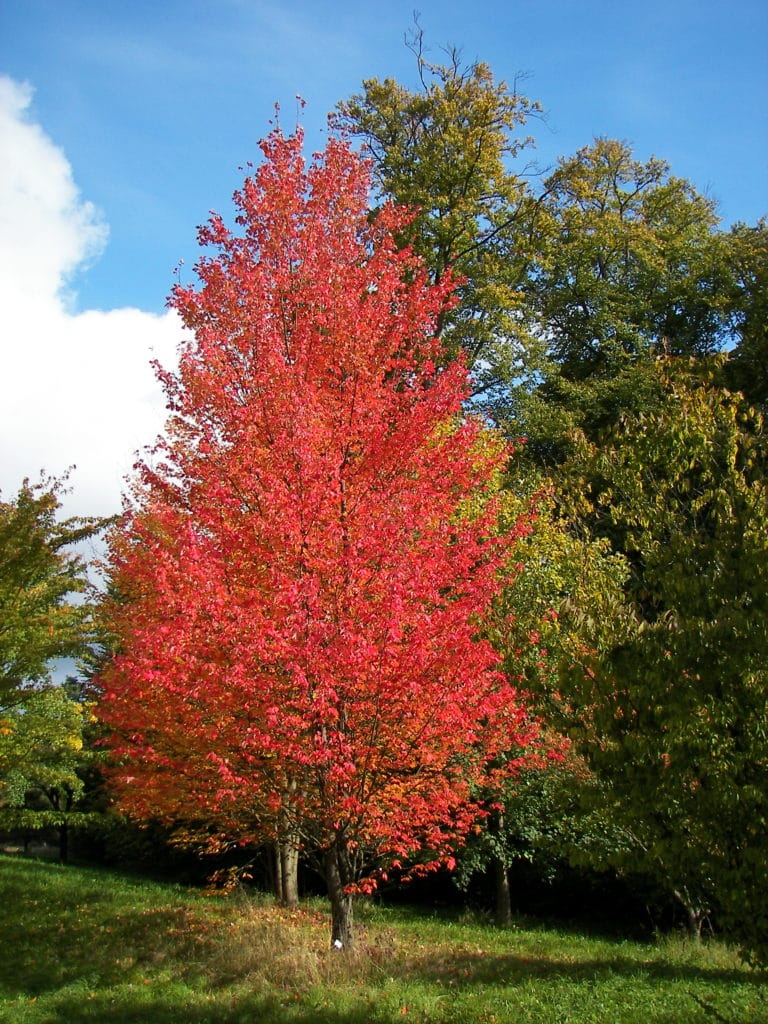

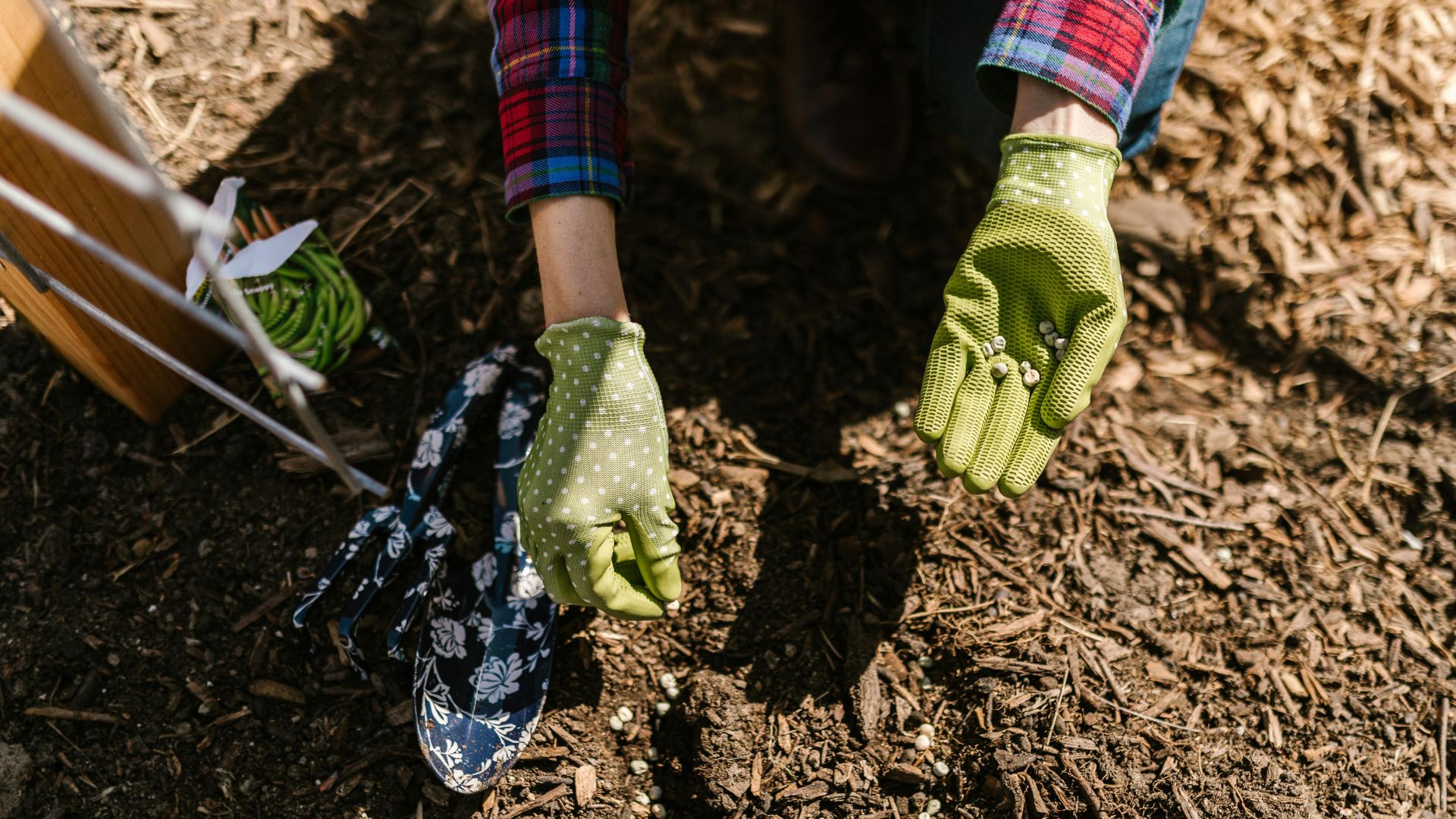
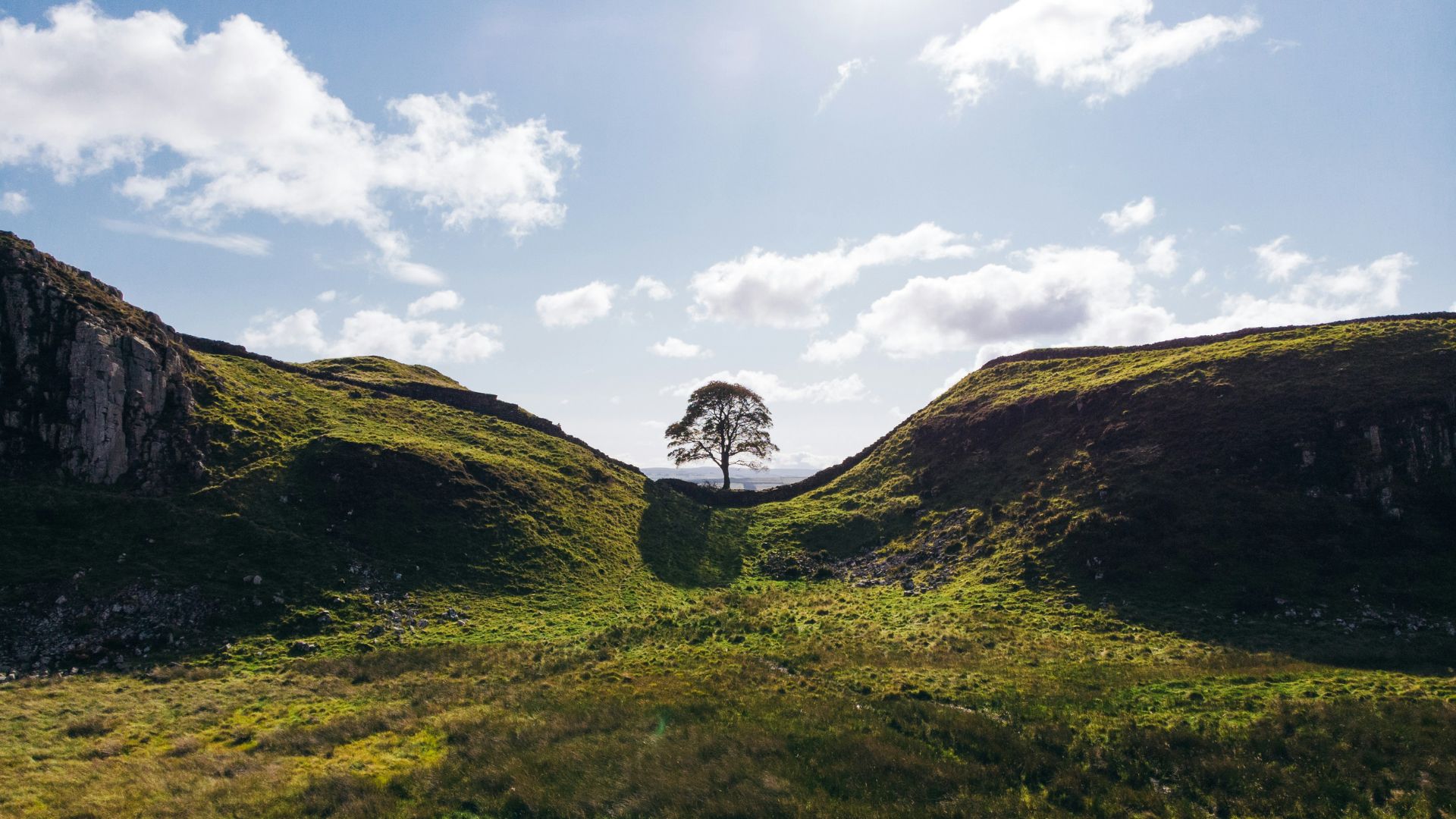




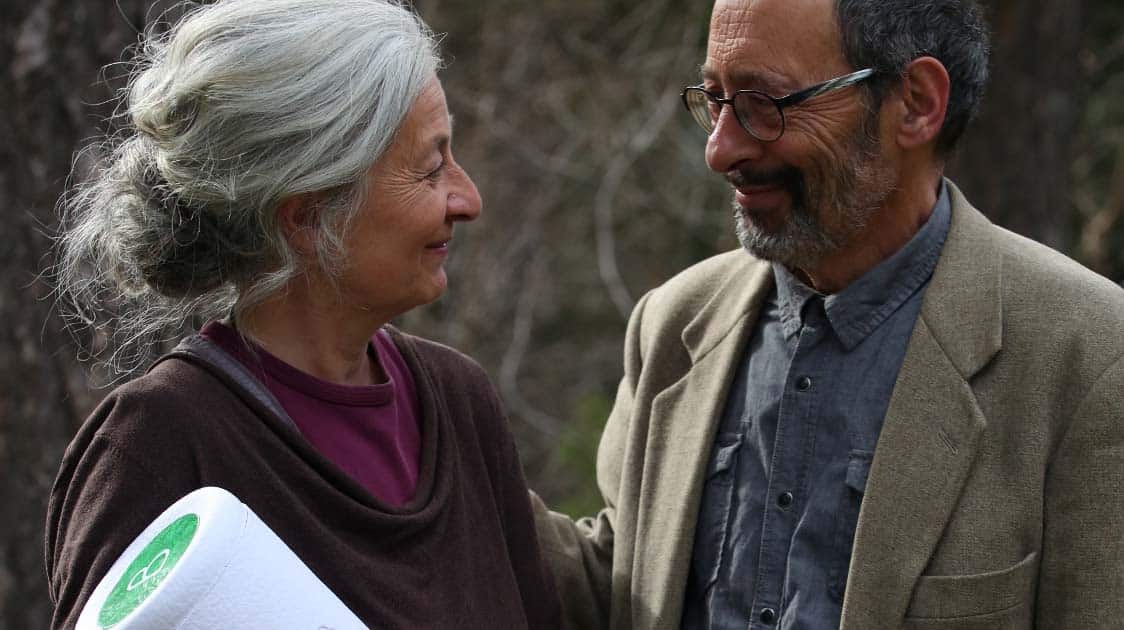
Leave a Reply